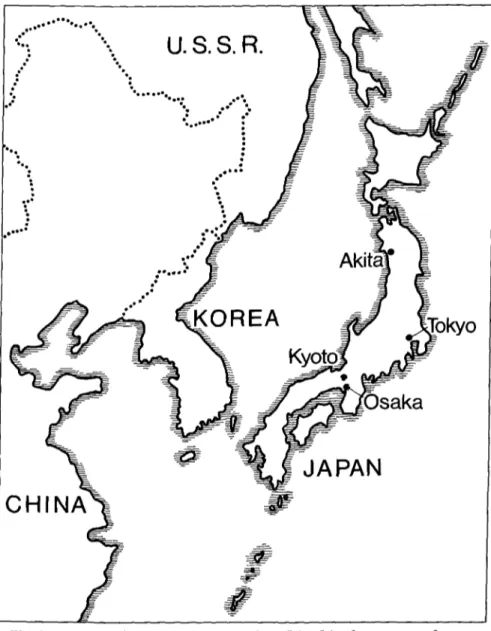Bast Asial] apan
60
0
0
Volltext
(2)
(3)
(4)
(5)(6)(7)
(8)
(9)
(10)
(11)
(12)(13)
(14)
(15)
(16)
(17)
(18)
(19)
(20)
(21)(22)(23)
(24)
(25)
(26)
(27)(28)(29)(30)
(31)
(32)
(33)
(34)
Abbildung

ÄHNLICHE DOKUMENTE